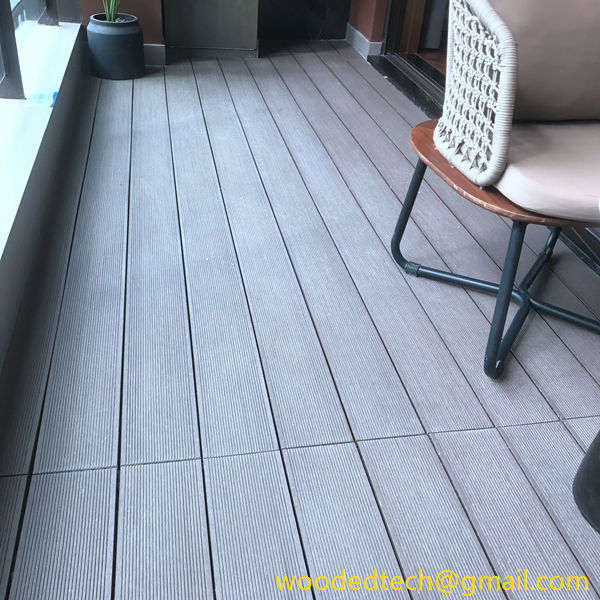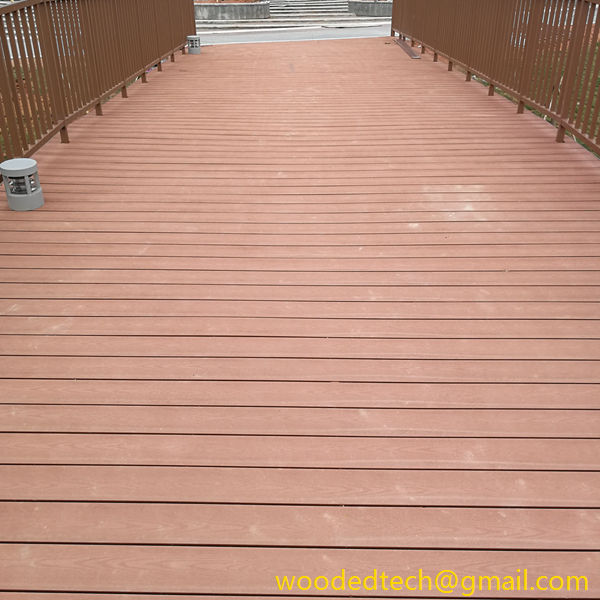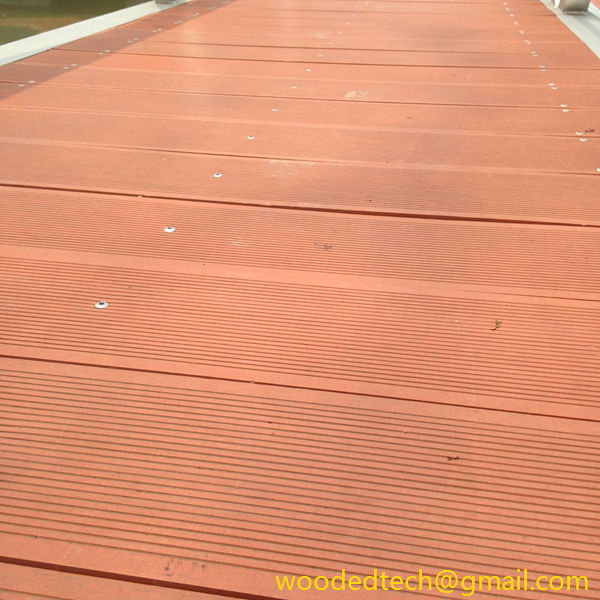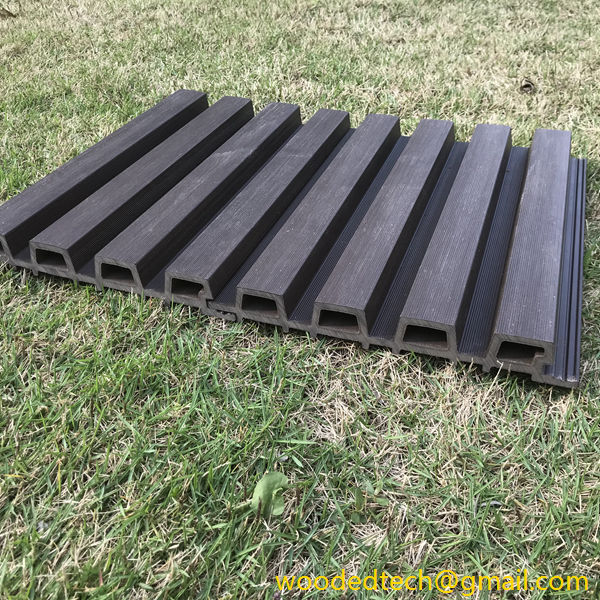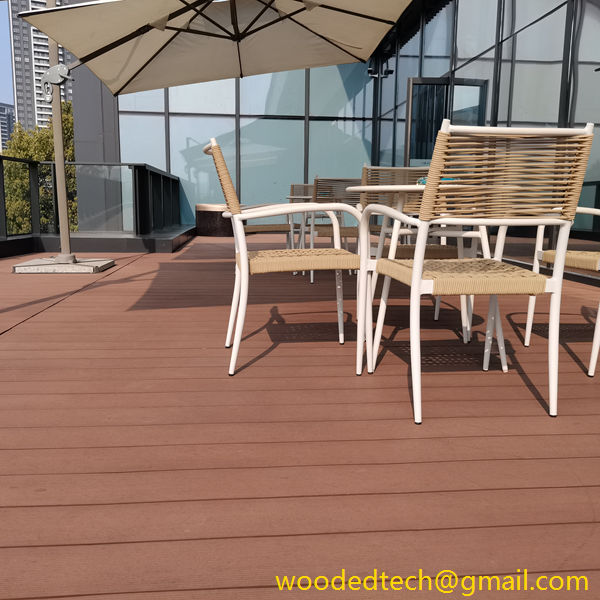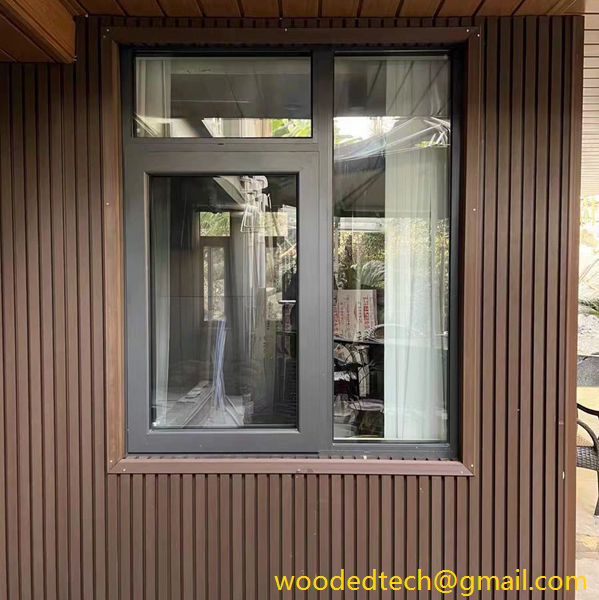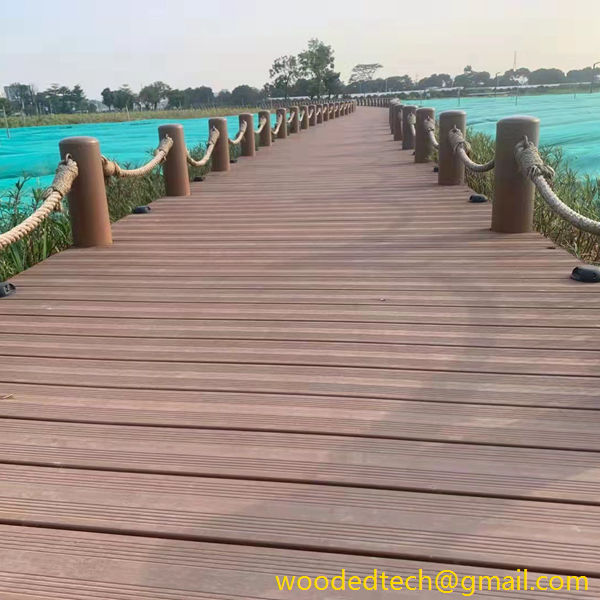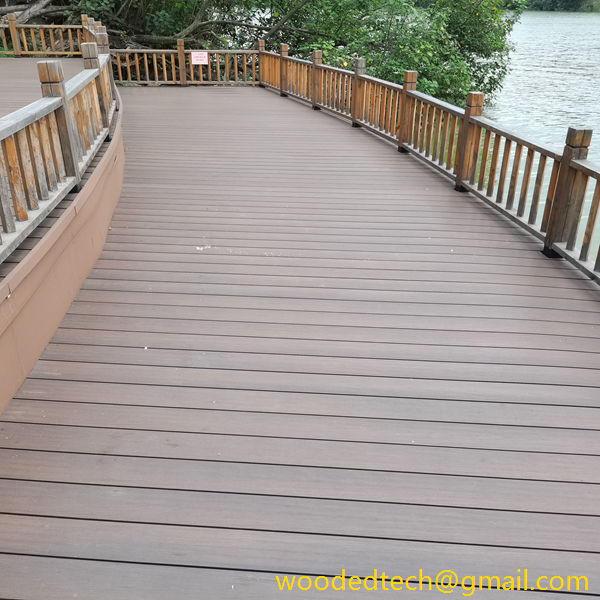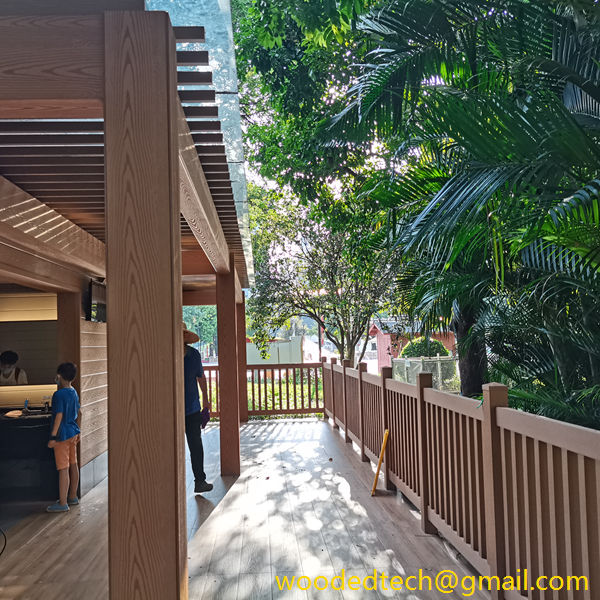Navigating Wood Plastic Composite Decking Tariff Codes for Importers
Navigating Wood Plastic Composite Decking Tariff Codes for Importers Navigating the complexities of Wood Plastic Composite (WPC) decking tariffs is a critical task for importers looking to capitalize on the growing demand for sustainable and durable building materials. As the construction industry increasingly shifts towards environmentally friendly alternatives, WPC decking has emerged as a popular…
Navigating Wood Plastic Composite Decking Tariff Codes for Importers
Navigating the complexities of Wood Plastic Composite (WPC) decking tariffs is a critical task for importers looking to capitalize on the growing demand for sustainable and durable building materials. As the construction industry increasingly shifts towards environmentally friendly alternatives, WPC decking has emerged as a popular choice due to its unique combination of wood fibers and plastic. However, understanding the tariff codes associated with importing this material can be daunting.
Tariff codes, also known as Harmonized System (HS) codes, play a vital role in international trade. They are used to classify products for customs purposes and determine the applicable duties and taxes. For importers of WPC decking, correctly identifying and applying the appropriate tariff codes is essential to ensure compliance with trade regulations and avoid unexpected costs.
The first step in navigating WPC decking tariff codes is to understand how these codes are structured. The HS system is an internationally standardized system of names and numbers used to classify traded products. Each code consists of a series of digits, with the first six digits representing the primary classification. Additional digits may be added by individual countries to provide more specificity. For instance, WPC decking may fall under broader categories such as “wood-based materials” or “plastic products,” but specific codes will vary based on the composition and intended use of the decking.
When importing WPC decking, one must consider the composition of the product. WPC is typically made from a blend of wood fibers and thermoplastics, which means it can be classified under different codes depending on the proportion of wood to plastic. Importers need to conduct thorough research to identify the correct codes to avoid misclassification, which can lead to penalties and increased tariffs.
Furthermore, it is crucial to stay updated on any changes in trade regulations that may affect the importation of WPC decking. Tariffs can fluctuate based on various factors, including trade agreements, economic policies, and diplomatic relations between countries. For example, recent shifts in U.S.-China trade relations have led to increased tariffs on certain imported materials, prompting importers to reevaluate their supply chains and sourcing strategies. Keeping abreast of these developments is essential for importers to make informed decisions regarding their products.
Another important factor to consider is the country of origin of the WPC decking. Different countries may have different tariff rates based on their trade agreements with the importing country. For instance, products imported from countries with which a nation has a free trade agreement may benefit from reduced tariffs. Importers must be diligent in determining the origin of their products and understanding how this affects their tariffs. Accurate documentation, including certificates of origin, can help facilitate smoother customs clearance and potentially lower costs.
In addition to identifying the correct tariff codes, importers should also familiarize themselves with other regulatory requirements that may impact their ability to import WPC decking. This includes understanding environmental regulations, safety standards, and labeling requirements. Many countries have stringent regulations in place to ensure that imported materials meet specific safety and environmental guidelines. Compliance with these regulations is not only vital for legal reasons but also helps build consumer trust and confidence in the product.
To assist in navigating the complexities of tariff codes and compliance, importers may consider seeking the expertise of customs brokers or trade consultants. These professionals have in-depth knowledge of international trade regulations and can provide valuable insights into tariff classifications, documentation requirements, and compliance strategies. Engaging with these experts can save importers significant time and resources, allowing them to focus on growing their business.
Education and training are also fundamental for importers to successfully navigate the landscape of WPC decking tariffs. Many trade organizations and industry associations offer seminars, workshops, and resources focused on trade compliance and tariff classification. Participating in these educational opportunities can empower importers with the knowledge they need to make informed decisions and optimize their import processes.
As the market for WPC decking continues to expand, importers must remain proactive in understanding the intricacies of tariff codes and compliance requirements. This includes not only staying informed about current regulations but also anticipating future trends that may impact the industry. For instance, as sustainability becomes an increasingly important consideration for consumers and regulators alike, importers may need to adapt their offerings to meet changing demands.
In conclusion, navigating Wood Plastic Composite decking tariff codes is a multifaceted challenge that requires careful consideration and strategic planning. By understanding the structure of tariff codes, staying up to date on trade regulations, and ensuring compliance with safety and environmental standards, importers can successfully navigate this complex landscape. Additionally, leveraging the expertise of customs brokers, engaging in educational opportunities, and remaining adaptable to market trends will enable importers to capitalize on the growing demand for sustainable building materials. Ultimately, a thorough understanding of tariff codes not only facilitates smoother import processes but also contributes to the long-term success of businesses in the WPC decking market.

